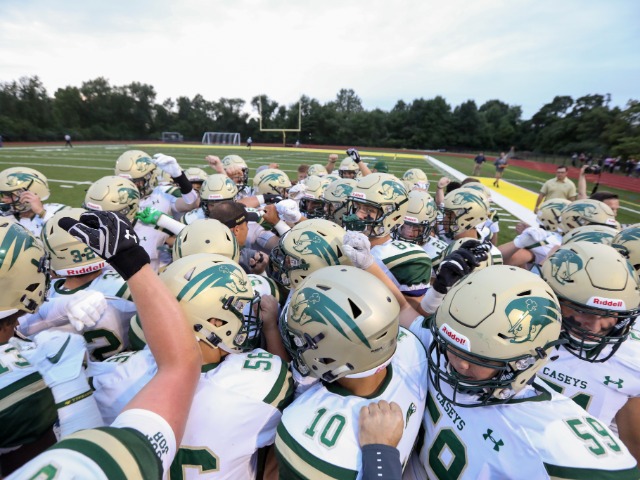General info:
- Type of Lore: Customary, Games
- Language: English
- Country of Origin: United States
- Informant: A.L.
- Date collected:10/29/2021
Informant Data: A.L. graduated from Valparaiso University in 2019 after playing four years of football. He is originally from Lisle, Illinois where he grew up with his two parents and sister. A.L. has always been a large individual for his age and began football in the 4th grade. A.L. and his friends growing up would often play tackle football without pads in the park, which is where he first discovered his passion for the game.
Context:
- Cultural: Valparaiso is a division 1 FCS football program. They typically do not win most of their games. Valparaiso is in the non-scholarship Pioneer League and most of the players are playing for the love of the game. It is a private Catholic University in Indiana.
- Social: With Valparaiso traditionally not a winning program, the occasions in which they win games are very special. Players get especially excited over wins. The team enjoys celebrating these wins together in the locker room.
Item: Following a victory, players head into the locker room as they usually do and after some initial celebrations, begin to get in the showers. In the showers, several upperclassmen will cut to the front of the line with only their helmets on. The people in the shower will spray their soap in the middle of the shower and turn their showerheads so they are spraying the middle of the shower. The upperclassmen will then slide through the middle of the showers into the far wall.
Transcript: “After we win and talk with our coaches, we head to the locker room to celebrate. Everyone begins to take their stuff off following the game. The seniors put on their helmets and head to the shower. The people in the showers already spray their soap in the middle of the showers to make it slippery. So, then the seniors slide down the middle of the showers sort of like a slip n slide into the wall at the end.”
Informant Comments: As wins are not come by that often, the celebration with your teammates afterwards makes it that much more special.



